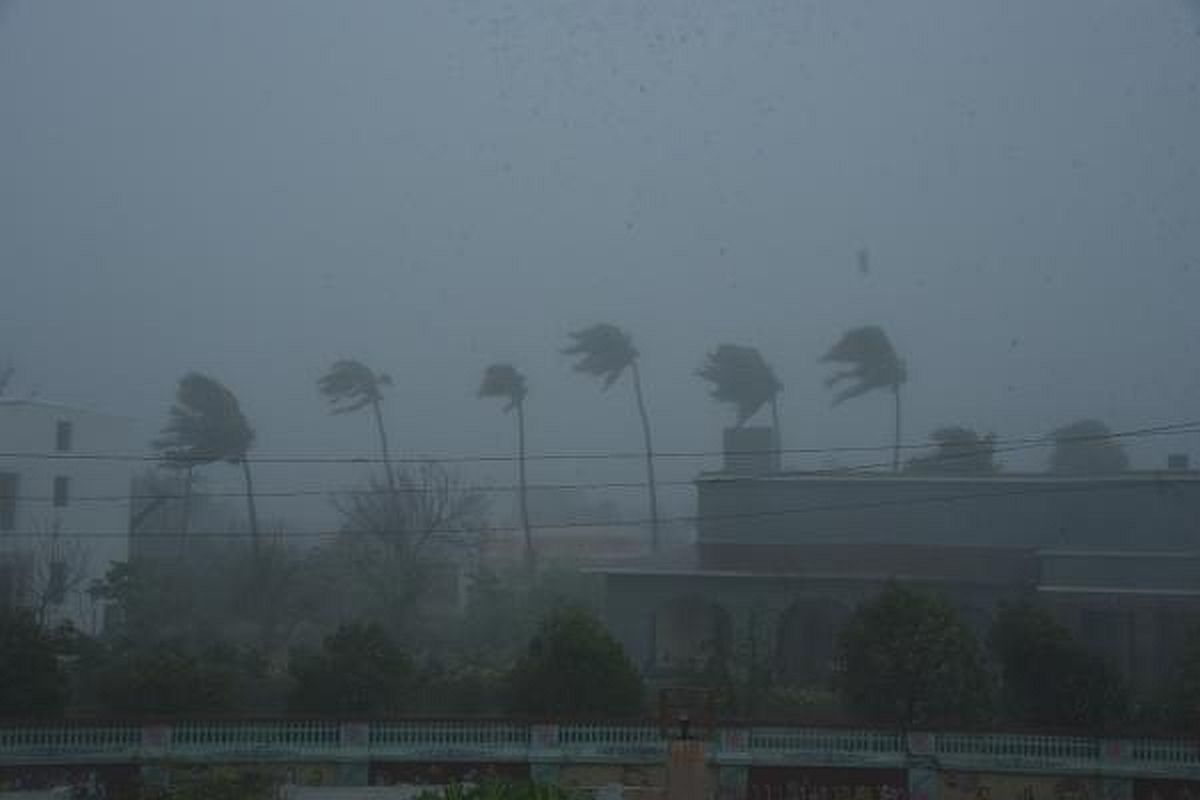Covid in Kolkata was decidedly overshadowed by the super cyclone on 20 May that has killed more than 80 people in the city and the state and crippled the supply of electricity and water.
More the reason, therefore, for the West Bengal government to take a call on the continuance of the lockdown, which is scheduled to end on 31 May.
Advertisement
Not the least because the administration must of necessity now be riveted to address the extensive devastation caused by Nature’s second offensive within a span of a few months.
The fallen trees and foliage, increasingly entangled with electricity wires, are a potential threat to human life across the city.
A positive decision must be influenced by the anxiety to help the people, who have weathered two months of the lockdown. The people are under the weather, both literally and metaphorically.
This succinctly is the core of the tragedy that plagues the city. As Kolkata limps back to normal, the city owes a collective salute to the Army jawans , the CESC and the WBSEDCL for their 24 X 7 efforts to restore electricity and water supply… and in the face of public fury and road blockades.
For close to 72 hours, South Kolkata had to wallow in the mire of darkness and a crippling stoppage of water supply.
A week after Cyclone Amphan devastated the city, it was gratifying to learn on Wednesday morning that the supply of the two essentials of life ~ electricity and water ~ had largely been restored. Admittedly, electricity was snapped as hundreds of thousands of trees collapsed, exposing yet again the fragile foundation of the trees planted on the pavements and alongside the edge of thoroughfares.
The disaster, that has been no less hideous than Kolkata’s battle against coronavirus, affords an opportunity to take an urgent call on the basics of town planning.
We do not know if the lockdown will be lifted as June unfolds. Yet we do know that as the shutters go up to the relief of citizens, it will be imperative to review the fare structure of private buses, autos, and minibuses.
And of uppermost importance must be the uncertainty over how those engaged in the organised and unorganised sectors will be able to reach their workplaces in the absence of transport. The reopening of shops addresses the issue only very partially.
The city and suburbs are almost wholly reliant on private buses; the government’s West Bengal Transport Corporation makes do with a dwindling fleet of buses that run on selected routes.
From the perspective of public health, the government’s suggestion on carrying 20 passengers is seemingly reasonable.
No less reasonable, however, is the economics of urban transportation. Granted that a hike in fares is only very logical, both the transport department and the government must agree on a revised and time barred fare chart.
The lifting of the lockdown will be meaningful only if and when Metro services ~ the lifeline of the city ~ are resumed, along with suburban trains and water transport.











